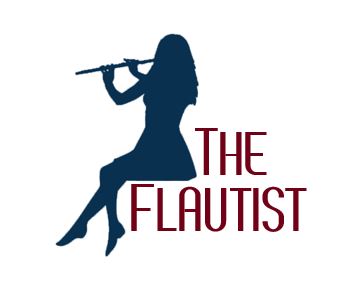Ave Maria
by Astor Piazzolla
ave maria by Astor Piazzolla
1921-1992
Astor Piazzolla was born in Mar del Plata, Argentina. Astor’s parents worked long hours and he often spent a great deal of time alone. His father bought him a bandoneon at a pawn shop to keep him busy. The bandoneon is a type of concertina, an accordion-like instrument that has always been associated with tango music. Astor took to the bandoneon like a fish to water and soon became a virtuoso.
He became particularly fascinated by the music of JS Bach, which he played on the bandoneon. It was an experience that sparked Piazzolla’s desire to be a musician. It was around this time that he also discovered Cab Calloway and Duke Ellington bands.
Jazz would remain an influence in his music throughout his career.
Piazzolla wrote his first tango at the age of 11. He started taking lessons with pianist Bela Wilda. His skills on the instrument caught the attention of famous tango orchestra leader Carlos Gardel who offered the barely teenage Astor a place on his tour. Piazzolla’s father forbid this, which might have actually saved his life. Gardel’s entire orchestra died in a plane crash on that very tour.
In 1936 the family returned to Argentina and Astor began to play professionally for various tango orchestras.
When Astor was sixteen years old, his family returned to Argentina for good. Back in Argentina, Piazzolla became increasingly in touch with the roots of Tango through artists such as Pedro Laurenz, Pedro Maffia, Alfredo Gobbi, Julio de Caro, Osvaldo Pugliese, Francini-Pontier, Argentino Galván, Miguel Caló and Horacio Salgán. From 1938 to 1944 he played in and wrote arrangements for the orchestra of bandoneonist and composer Aníbal Troilo, an essential figure in Tango history. At the same time, beginning in 1940, he studied with Argentine composer Alberto Ginastera, analyzing the music of Stravinsky, Prokofiev and Bartók. He also studied piano and conducting. Although he was writing and playing Tango for a living at that time, Astor’s own compositions were classical.
